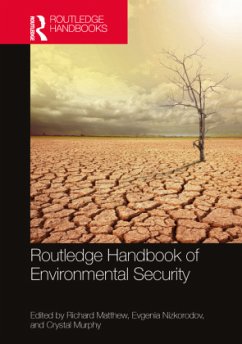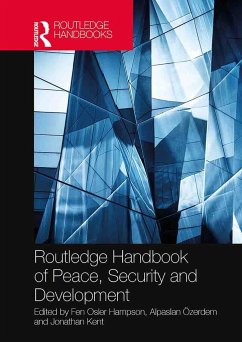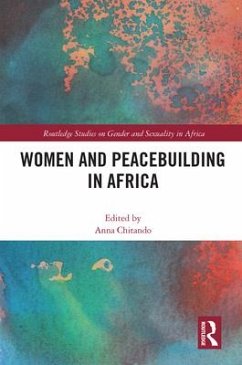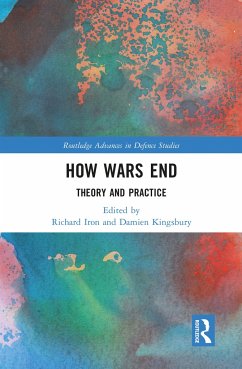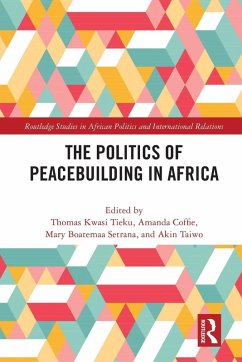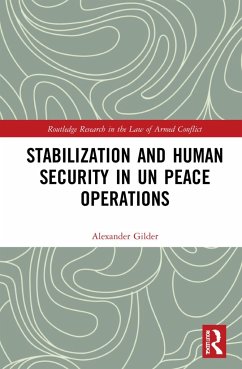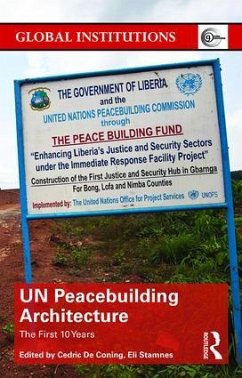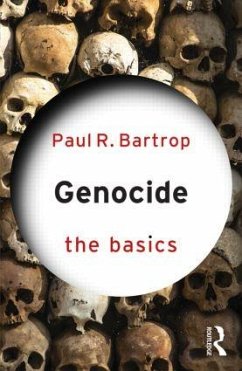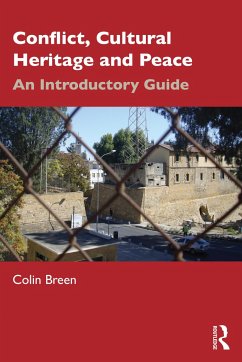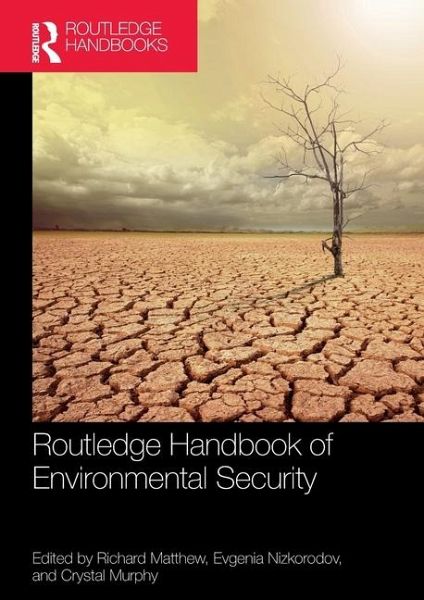
Routledge Handbook of Environmental Security
Versandkostenfrei!
Versandfertig in 6-10 Tagen
47,99 €
inkl. MwSt.

PAYBACK Punkte
24 °P sammeln!
The Routledge Handbook on Environmental Security provides a comprehensive, accessible, and sophisticated overview of the field of environmental security.The volume outlines the defining theories, major policy and programming interventions, and applied research surrounding the relationship between the natural environment and human and national security. Through the use of large-scale research and ground-level case analyses from across the globe, it details how environmental factors affect human security and contribute to the onset and continuation of violent conflict. It also examines the effec...
The Routledge Handbook on Environmental Security provides a comprehensive, accessible, and sophisticated overview of the field of environmental security.
The volume outlines the defining theories, major policy and programming interventions, and applied research surrounding the relationship between the natural environment and human and national security. Through the use of large-scale research and ground-level case analyses from across the globe, it details how environmental factors affect human security and contribute to the onset and continuation of violent conflict. It also examines the effects of violent conflict on the social and natural environment and the importance of environmental factors in conflict resolution and peacebuilding.
Organized around the conflict cycle, the handbook is split into four thematic sections:
- Section I: Environmental factors contributing to conflict;
- Section II: The environment during conflict;
- Section III: The role of the environment in post-conflict peacebuilding; and
- Section IV: Cross-cutting themes and critical perspectives.
This handbook will be essential reading for students of environmental studies, human security, global governance, development studies, and international relations in general.
The volume outlines the defining theories, major policy and programming interventions, and applied research surrounding the relationship between the natural environment and human and national security. Through the use of large-scale research and ground-level case analyses from across the globe, it details how environmental factors affect human security and contribute to the onset and continuation of violent conflict. It also examines the effects of violent conflict on the social and natural environment and the importance of environmental factors in conflict resolution and peacebuilding.
Organized around the conflict cycle, the handbook is split into four thematic sections:
- Section I: Environmental factors contributing to conflict;
- Section II: The environment during conflict;
- Section III: The role of the environment in post-conflict peacebuilding; and
- Section IV: Cross-cutting themes and critical perspectives.
This handbook will be essential reading for students of environmental studies, human security, global governance, development studies, and international relations in general.





